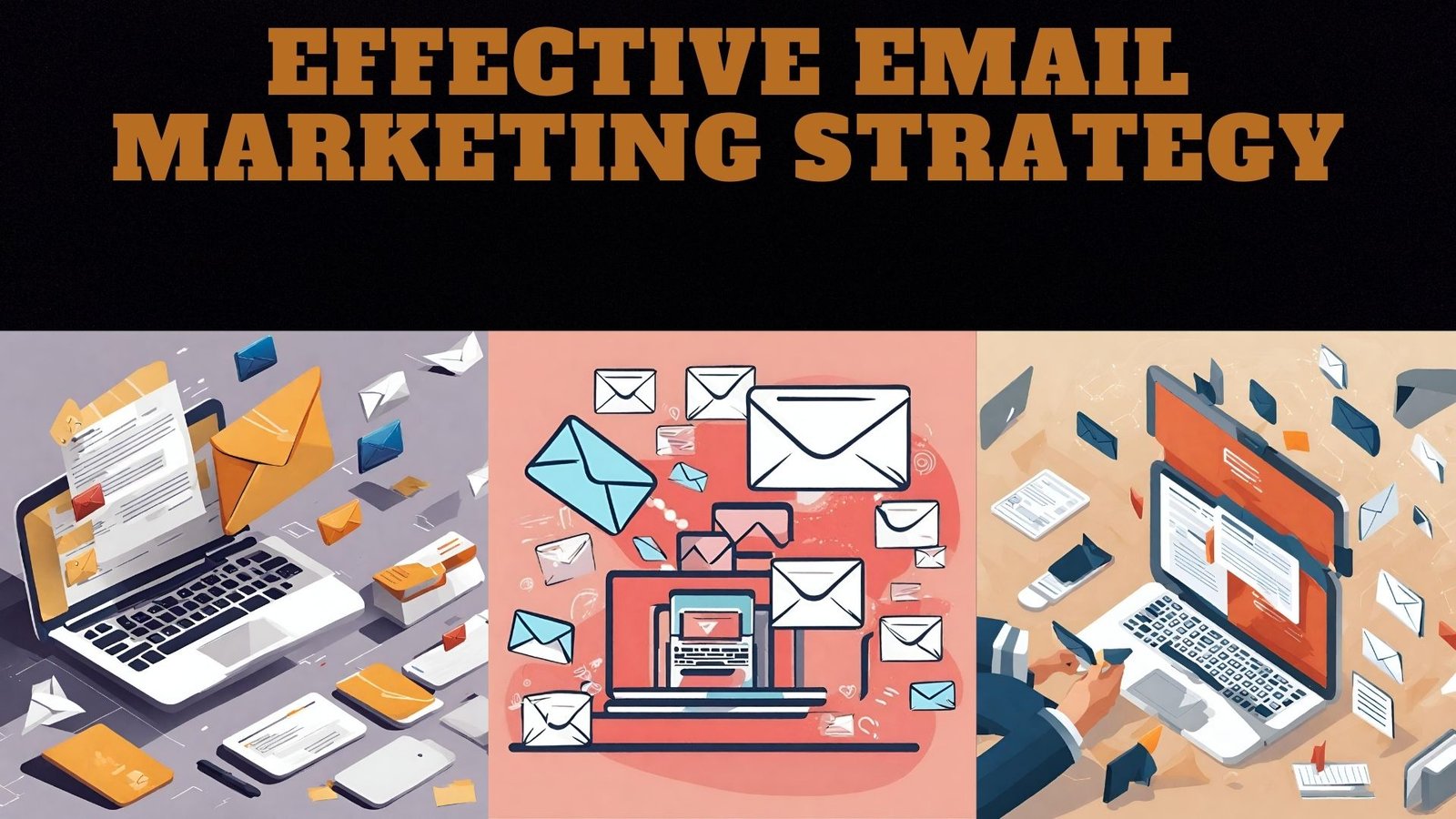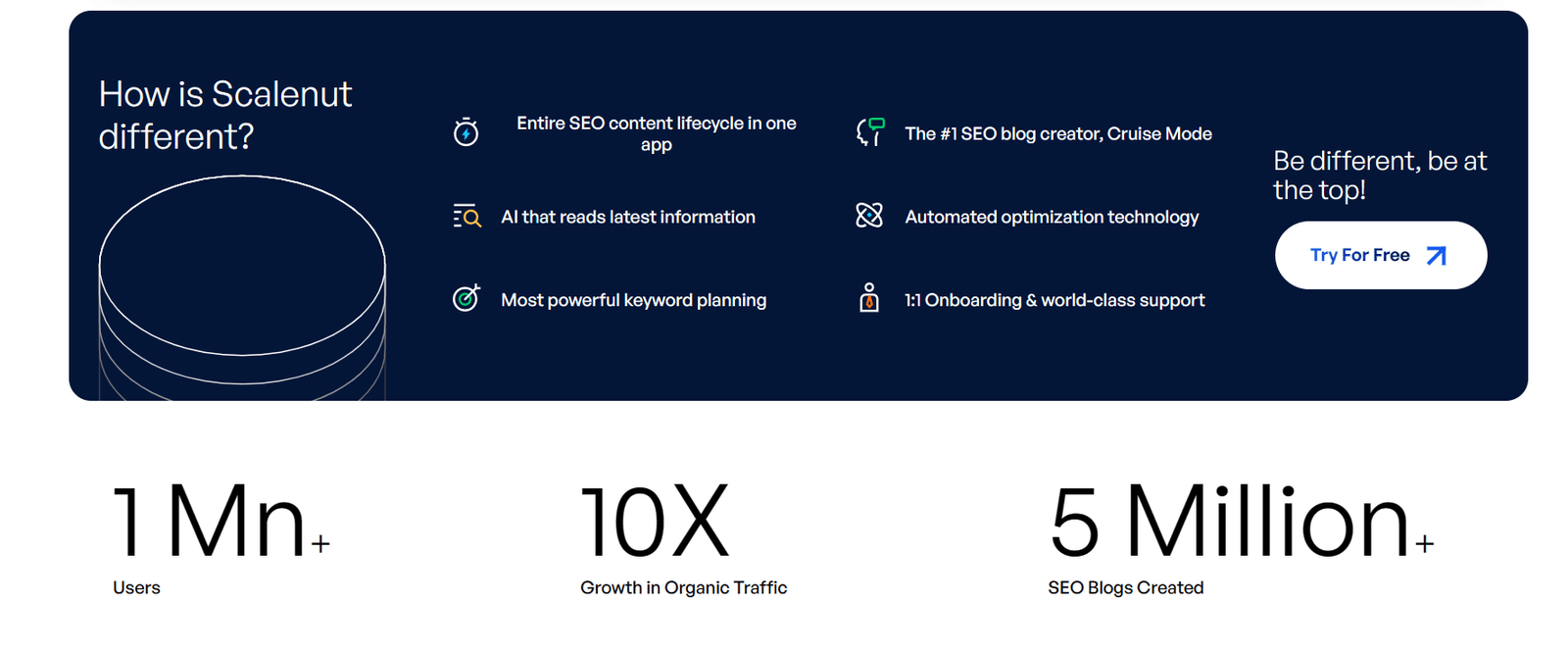Email marketing remains a steadfast powerhouse in the world of digital advertising, delivering impressive returns on investment for businesses across sectors. For small business owners, email campaigns offer a direct line to their most valuable asset—their customer base. In this comprehensive guide, we will guide you how to develop a high-impact email marketing strategy.
Understanding Your Audience: The Key to Personalization
Personalization isn’t just a trend; it’s the core of successful email marketing. Segmenting your audience allows for targeted messages that feel like personal conversations. But how can you make sure your email resonates with both Jennifer, a new mom in her twenties, and Dave, a retired finance executive? You can successfully ensure effective email marketing for everyone by carefully analyzing and categorizing your subscribers.
Segmentation Strategies
First, start with the basics—age, gender, location, and purchase history. Then, move on to behavioral data such as website interactions and email engagement. Lastly, overlay any demographic information you have to paint a comprehensive picture of your subscribers.
Data Collection Tips
- Always ask for permission to use customer data, especially with recent privacy concerns.
- Use surveys, feedback forms, and purchase history to gather the information you need.
Setting Objectives That Propel Your Business Forward
Without clear objectives, your email marketing strategy is akin to setting sail without a destination in mind. Your objectives give your strategy focus and accountability.
Defining SMART Goals
Ensure your goals are Specific, Measurable, Achievable, Relevant, and Time-bound (SMART). Do you aim to boost sales, increase website traffic, or improve customer retention? Be precise in what you’re after.
Measuring Success
Key Performance Indicators (KPIs) such as open rates, click-through rates, and conversion rates help you understand how well you’re meeting your objectives. They also provide insights into what’s resonating with your audience and what’s not. Sometimes it is difficult for beginners to fully understand about email marketing. Here are our top 5 email marketing strategies for beginners. Integration of objectives with those strategies will help you to build an effective email marketing strategy.
Building Your Email List: The Ethical Way
A strong email list is foundational to your email marketing success, but it’s not about quantity, it’s quality. Growing a list of engaged subscribers takes time, but it’s worth the wait.
The Opt-in Opportunity
Every customer interaction is a potential opt-in point. Whether they’re making a purchase, leaving a review, or signing up for a webinar, provide a clear and compelling opt-in opportunity.
Perks for Subscribers
Entice visitors to subscribe with a lead magnet—a free download, an exclusive discount, or entry into a contest. The key is to align your offer with your audience’s interests and your business’s value.
Crafting Compelling Content: The Email That Gets Read
Your email content should be a blend of valuable information, genuine connections, and strategic nudges towards conversion.
Email Types to Consider
- Welcome Emails: Set the stage for your relationship with new subscribers.
- Promotional Emails: Highlight sales, offers, and new products/services.
- Informational Emails: Share relevant industry updates, tips, and how-tos.
Creating Engagement
- Craft subject lines that provoke curiosity without being misleading.
- Use a personable and consistent tone that aligns with your brand voice.
- Incorporate multimedia, such as images and videos, to make your emails more engaging.
Designing Emails That Are a Delight to Open
Design is the first thing your subscribers see. It’s the make-or-break for whether your emails get read or are consigned to the dreaded ‘delete’ pile.
Responsive Design for All Devices
Your emails must be just as captivating on a smartphone as they are on a laptop. This means using mobile-responsive templates that adjust to any screen size.
A/B Testing Your Design
Test different elements of your email design, from layout to color schemes, to find out what your audience prefers. A/B testing gives you cold, hard data to inform your aesthetic choices.
Automating Your Campaigns: The Power of Right-Time Communication
Email automation streamlines your marketing by sending the right message at the right time, without you needing to press ‘send’ every time.
Lifecycle Messages
Use automation to send welcome series, nurture sequences, or re-engagement campaigns that correspond to where subscribers are in their relationship with your brand.
Triggered Emails
Set up triggers for specific subscriber actions, like abandoned cart emails for customers who left items in their online shopping cart or birthday discounts for subscribers celebrating their special day.
Measuring and Analyzing Results: Data-Driven Decision Making
In the digital world, data is king. By understanding the metrics, you can fine-tune your email strategy for optimal performance.
Most Valuable Metrics to Track
- Open Rate: How many recipients open your email.
- Click-Through Rate (CTR): How many users click on a link within your email.
- Conversion Rate: How many recipients take a desired action, such as making a purchase or signing up for a webinar.
Understanding Customer Behavior
Dive into the reasons behind your numbers. Is a particular subject line underperforming? Are there patterns in the times your emails are opened? Use this intel to make informed changes.
Avoiding Common Email Marketing Mistakes
Even the most seasoned marketers make mistakes, but they can be avoided with careful planning and attention to detail.
Spammy Practices
Avoid using all-caps, excessive punctuation, and misleading subject lines that resemble spam.
List Hygiene Best Practices
Regularly clean your email list by removing inactive and bounced email addresses to improve your deliverability rates.
Conclusion: Your Email Marketing Journey Begins Here
In the realm of digital marketing, a well-crafted email strategy is an essential tool for small businesses and entrepreneurs. From the initial welcome email to the carefully timed promotional newsletter, your emails have the power to inform, engage, and sell to your audience. Start implementing the tips from this guide, and as you measure your progress, remember that iteration is key. Your email marketing will evolve and improve over time, just as your understanding of your audience deepens.
Email marketing is a dynamic and valuable tool, constantly evolving with new technologies and best practices. Keep learning, keep experimenting, and keep nurturing those invaluable customer relationships. The inbox is a personal space—fill it with content that’s worthy of your audience’s time and attention.
Frequently Asked Questions
What are the best email marketing platforms for small businesses?
The best email marketing platform for you depends on your specific needs and budget. Some popular choices for small businesses include Mailchimp, Constant Contact, and ConvertKit. These platforms offer a range of features, from easy-to-use templates to sophisticated automation tools.
Can I use email marketing to increase customer loyalty?
Absolutely! Email marketing is a great way to stay top-of-mind with your customers. You can use it to send out exclusive deals, personalized recommendations, and helpful tips that add value to your customers’ lives. By maintaining regular contact with your audience, you can foster a sense of community and keep them coming back for more.
What should I do if my email campaigns aren’t performing as well as I’d like?
If your email campaigns are falling short, the first step is to analyze the data. Look at your open rates, click-through rates, and conversion rates to see where the drop-off might be occurring. Then, consider experimenting with different elements of your emails, such as the subject line, content, or design. Don’t be afraid to A/B test new strategies to see what resonates with your audience. And always make sure you’re providing valuable content that aligns with your audience’s interests and needs.










